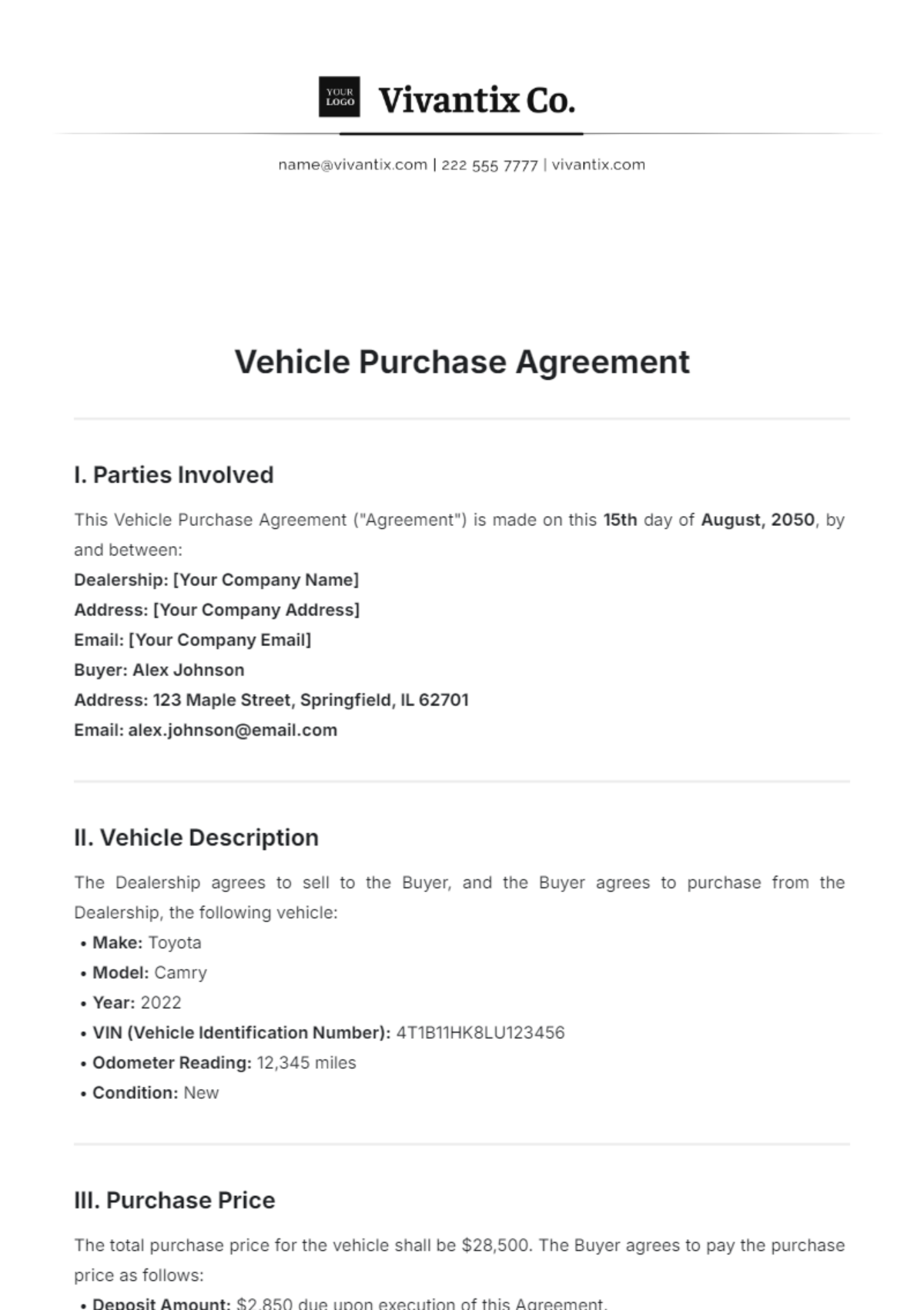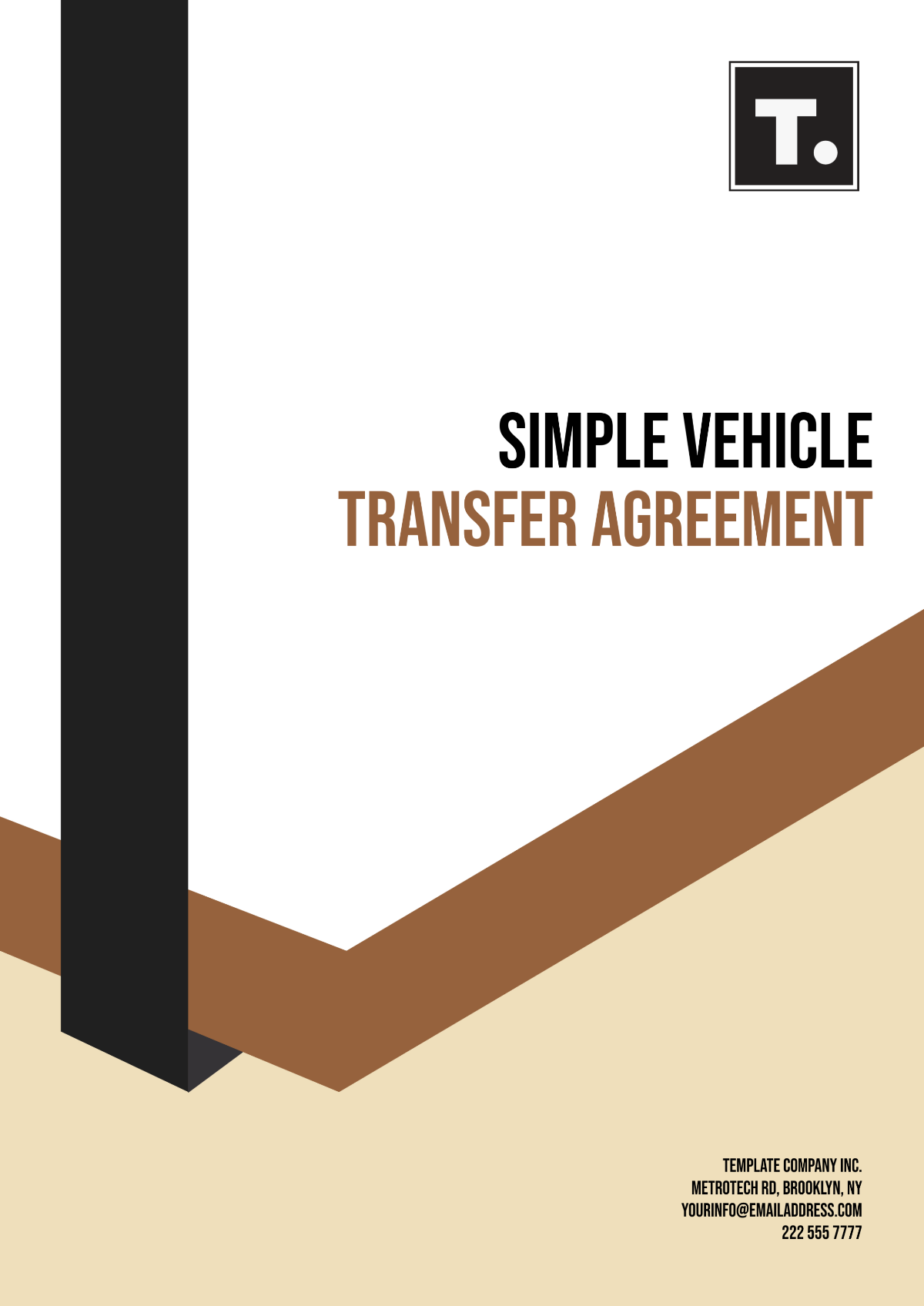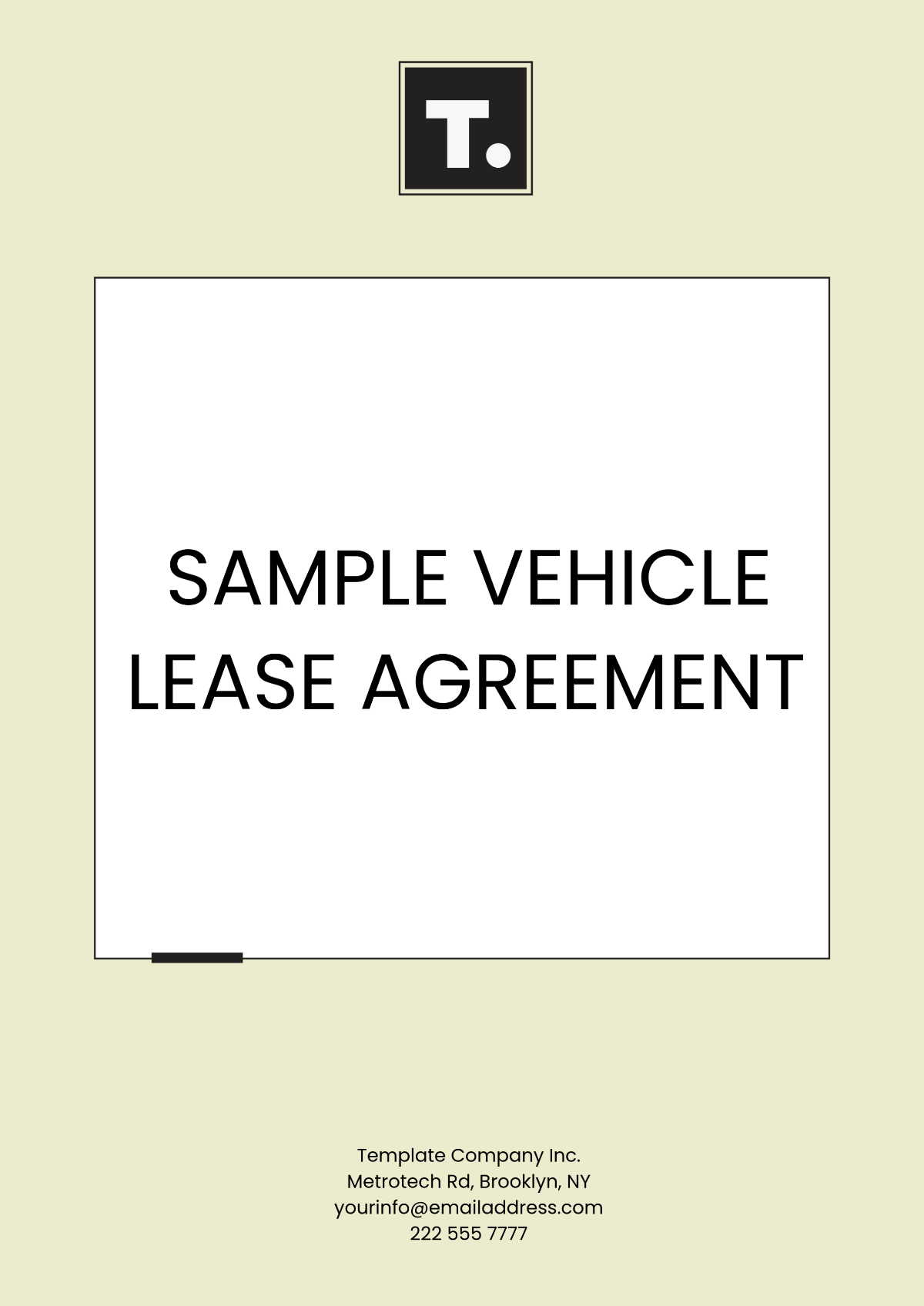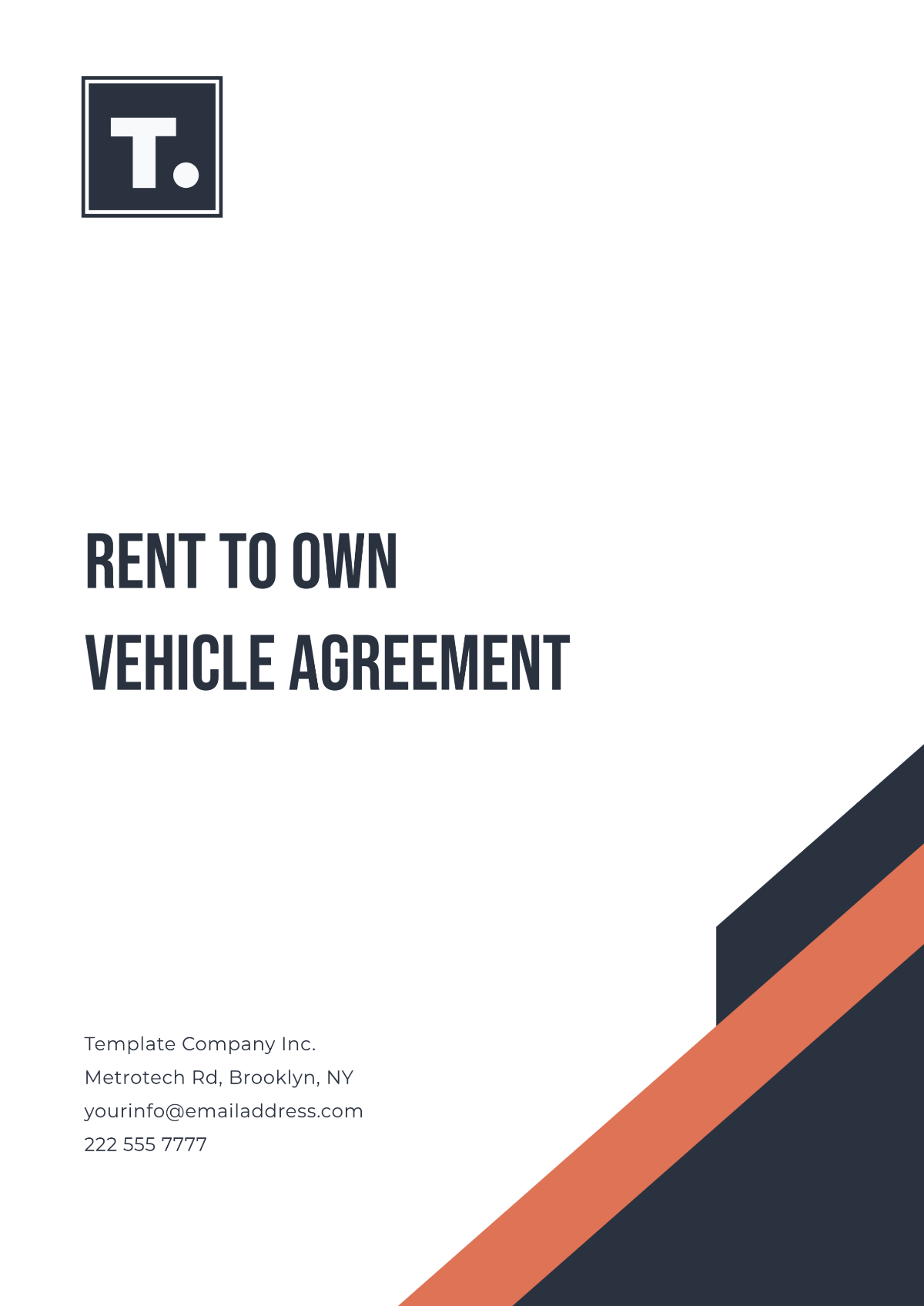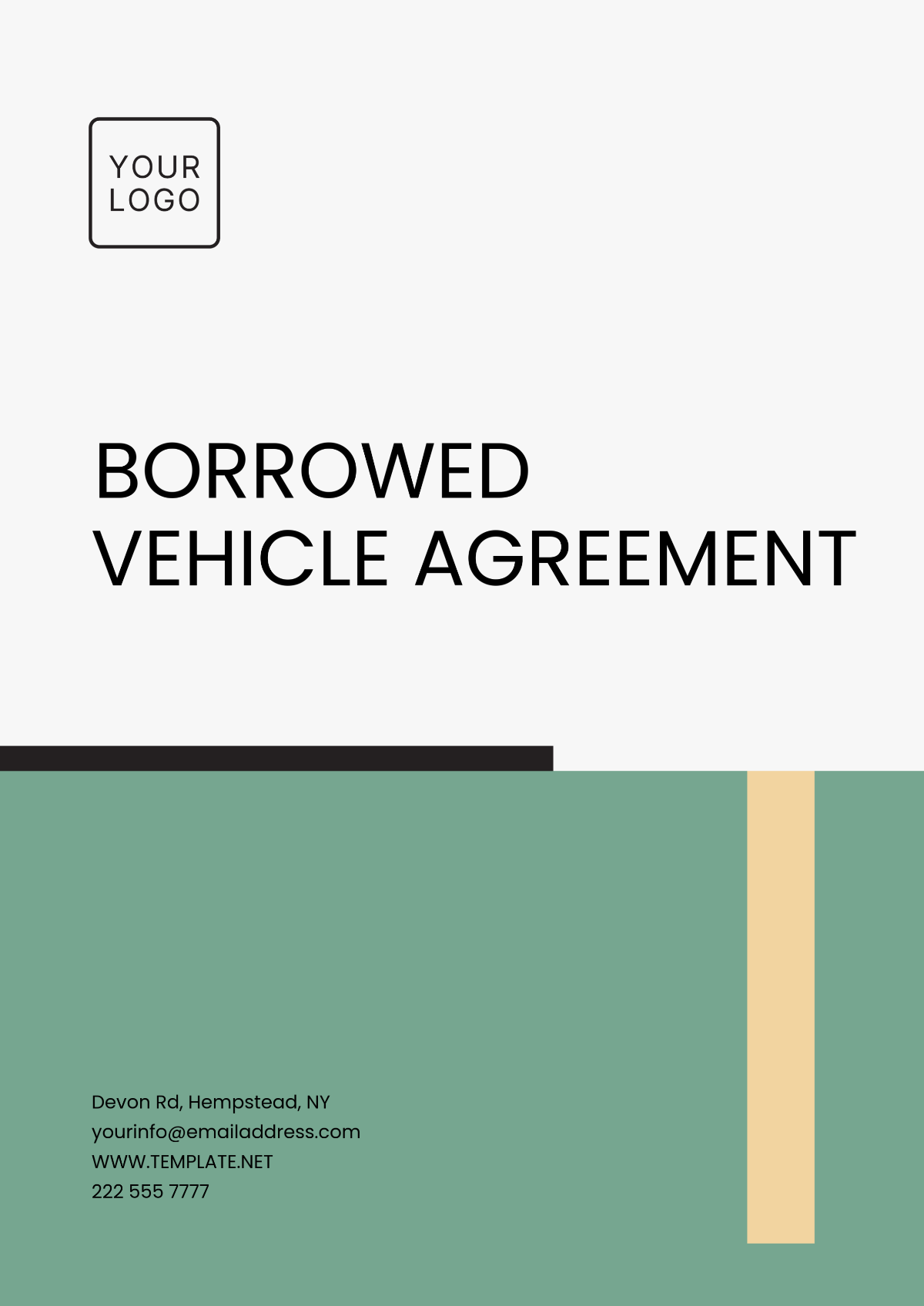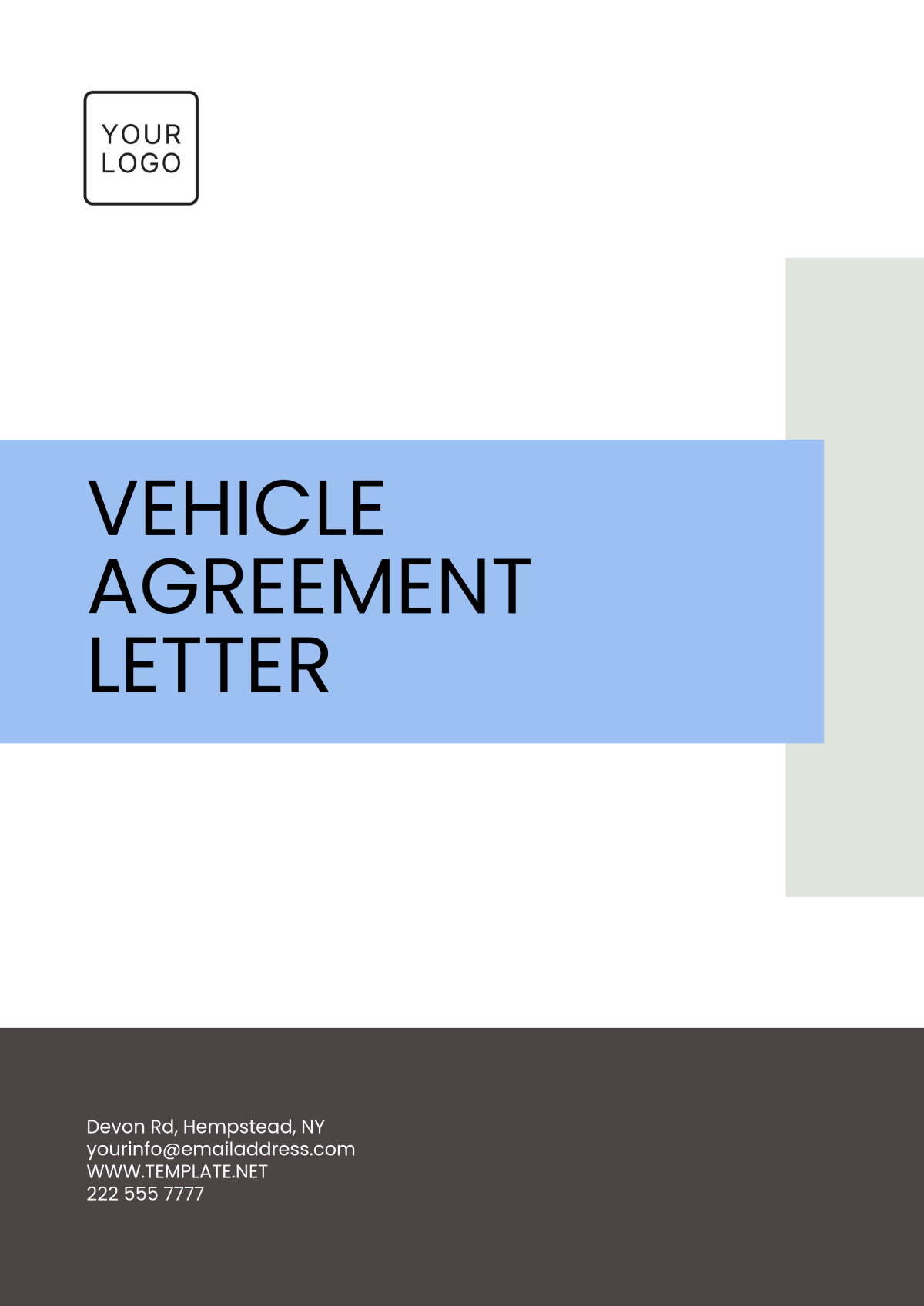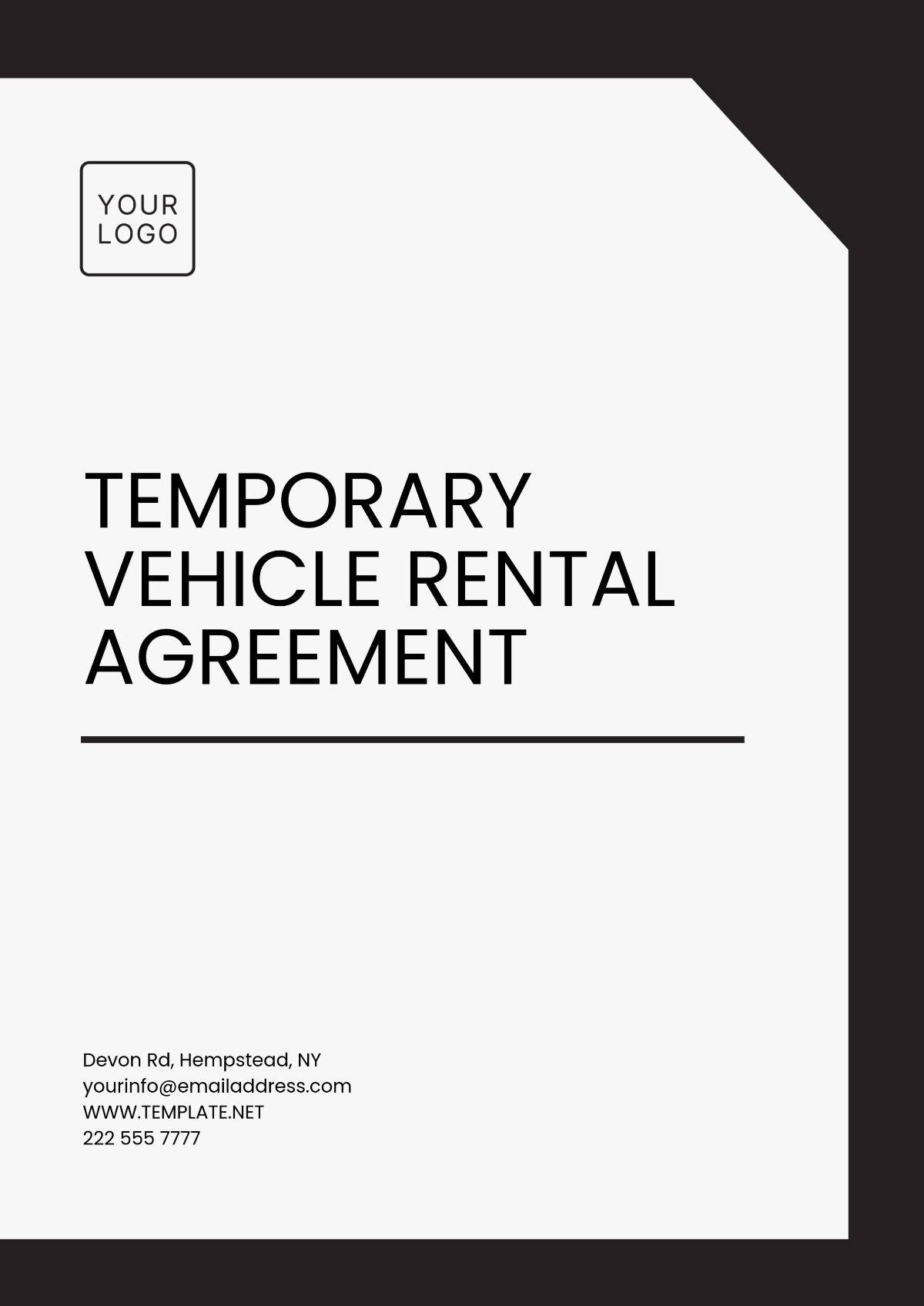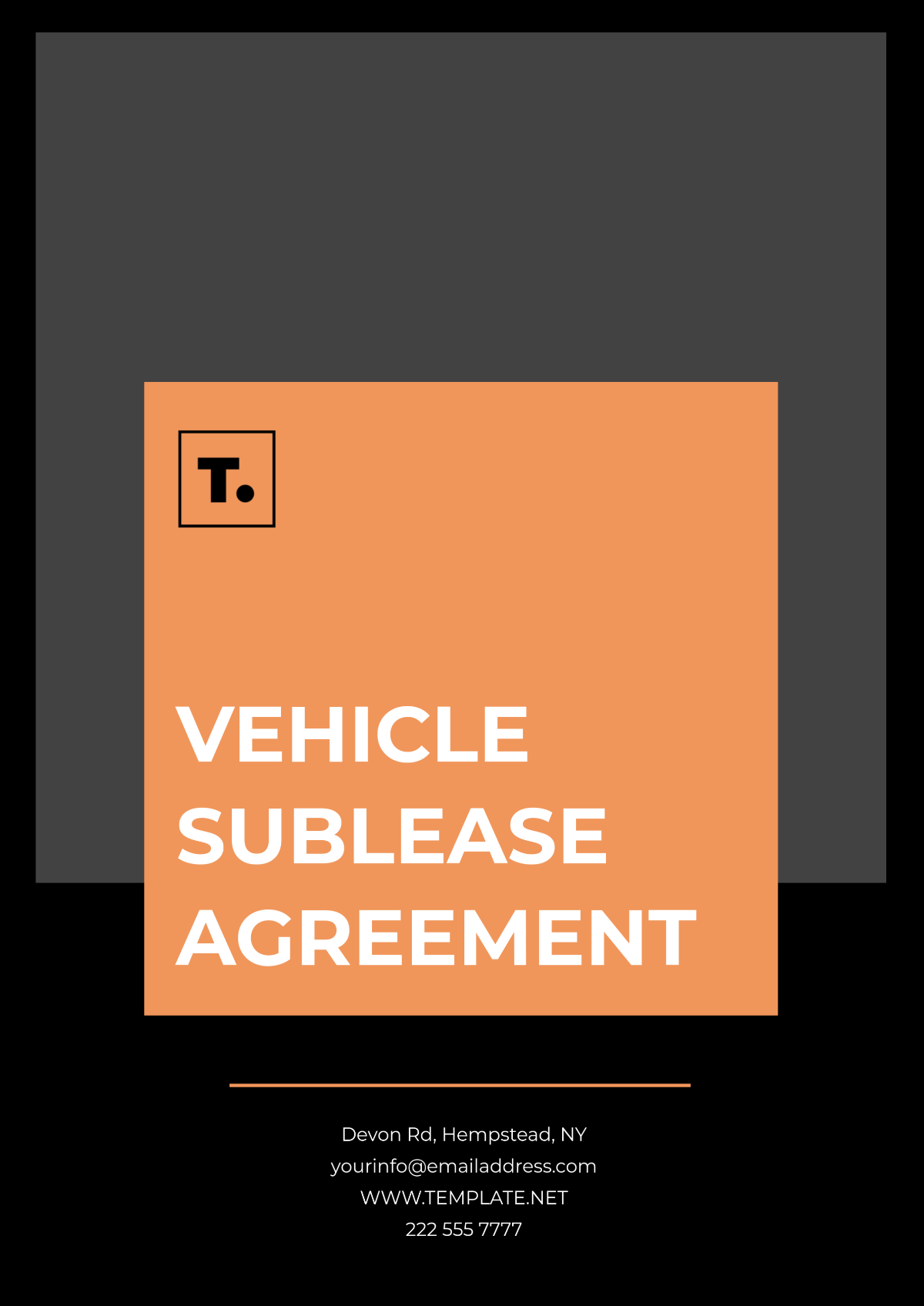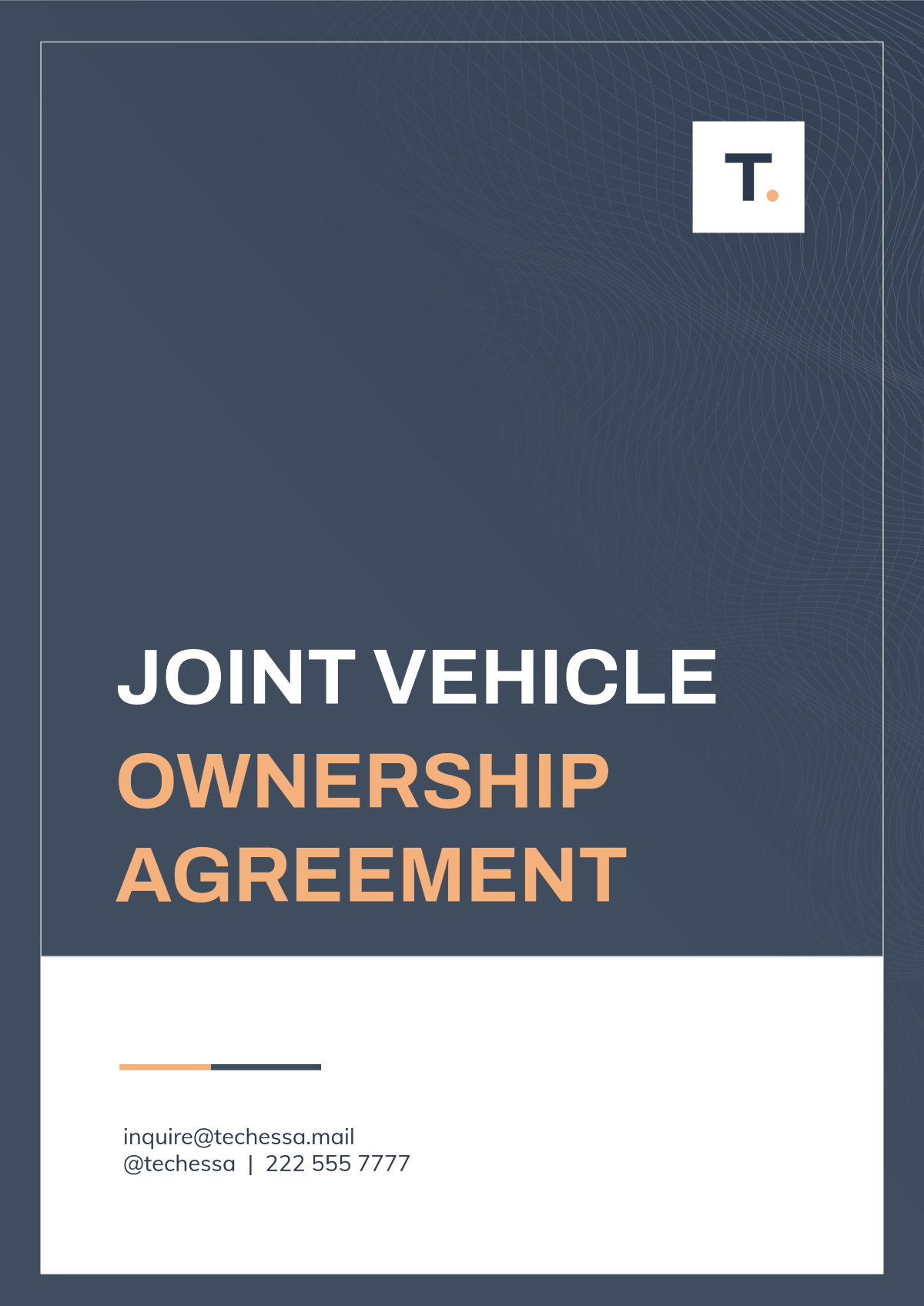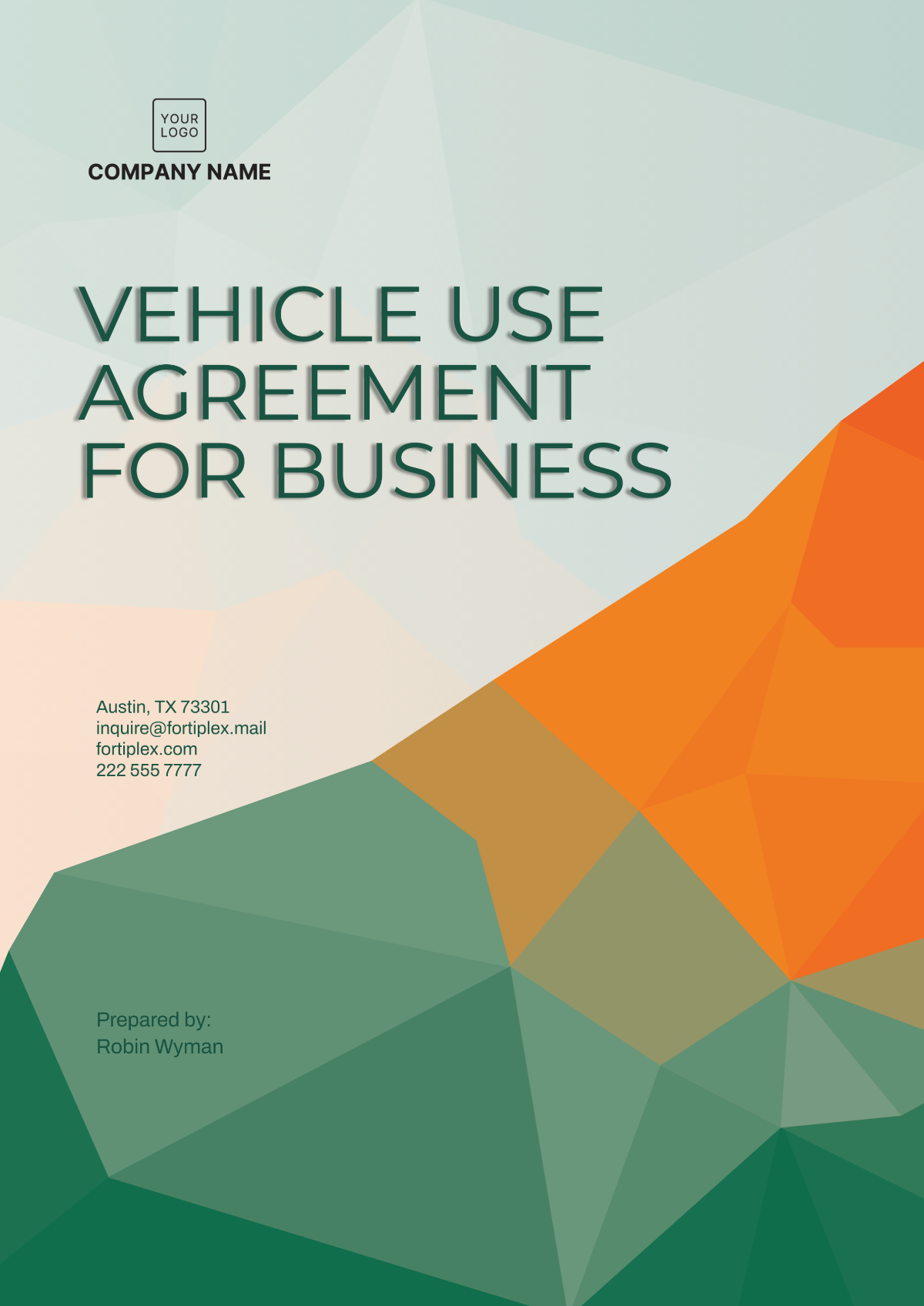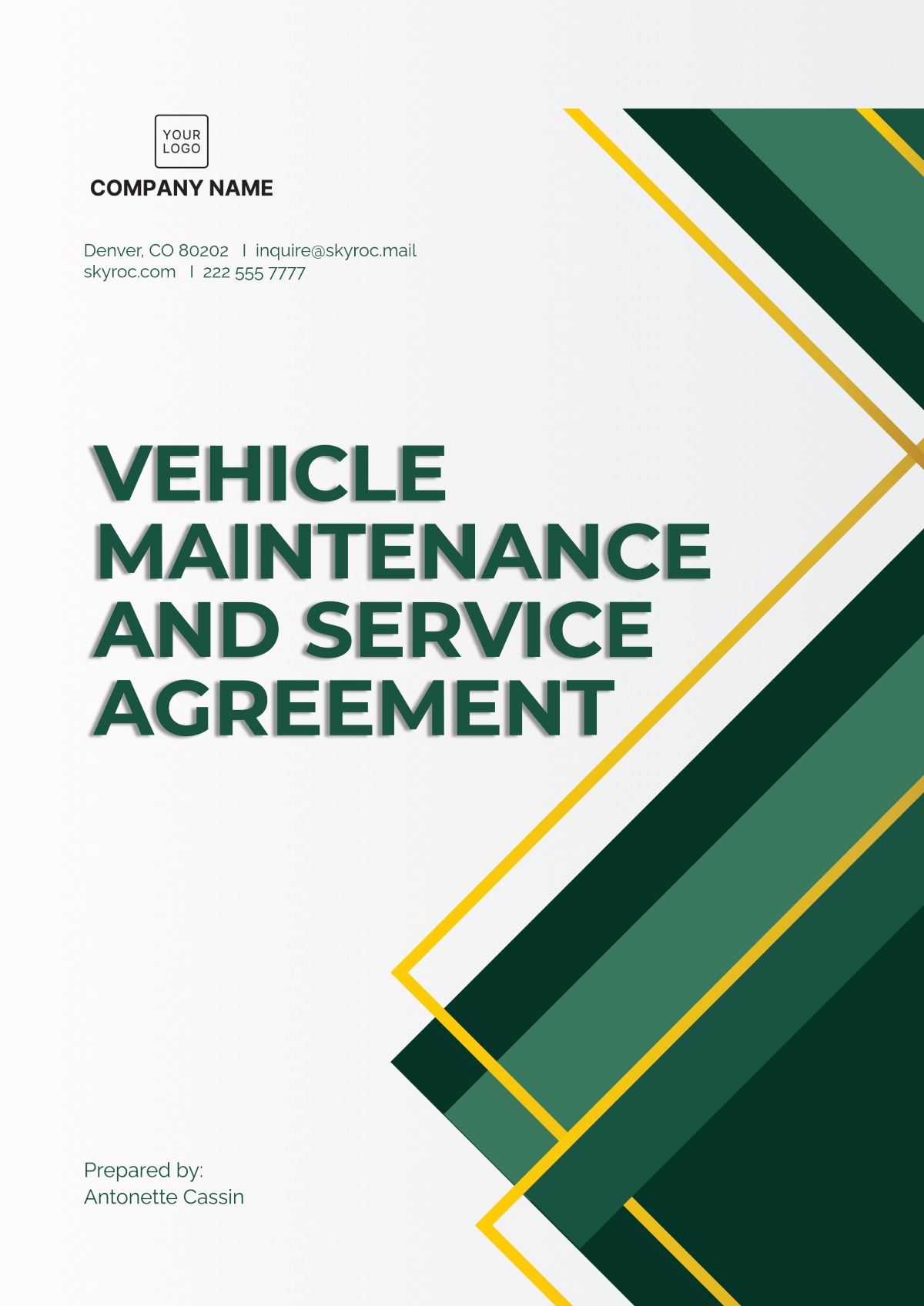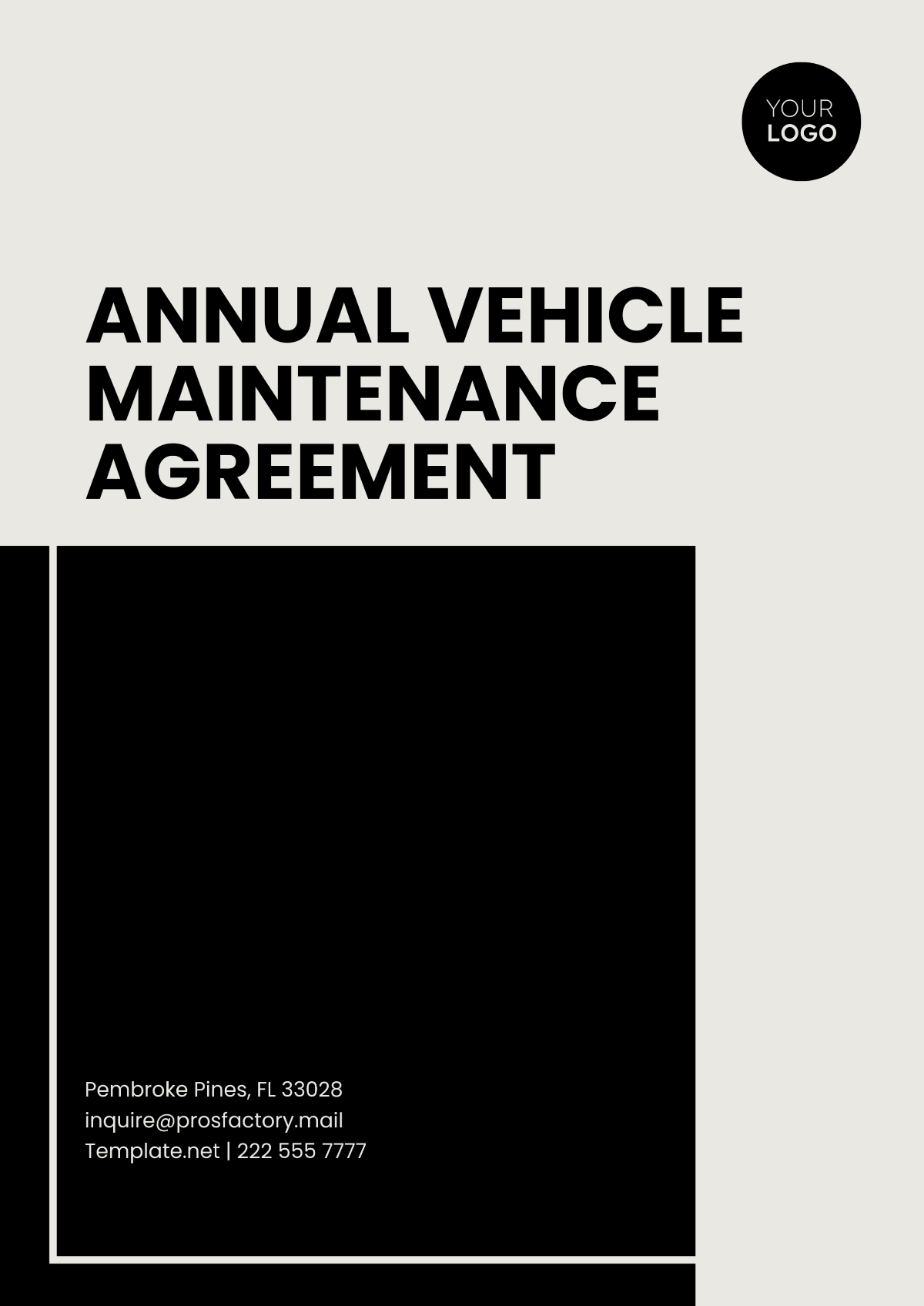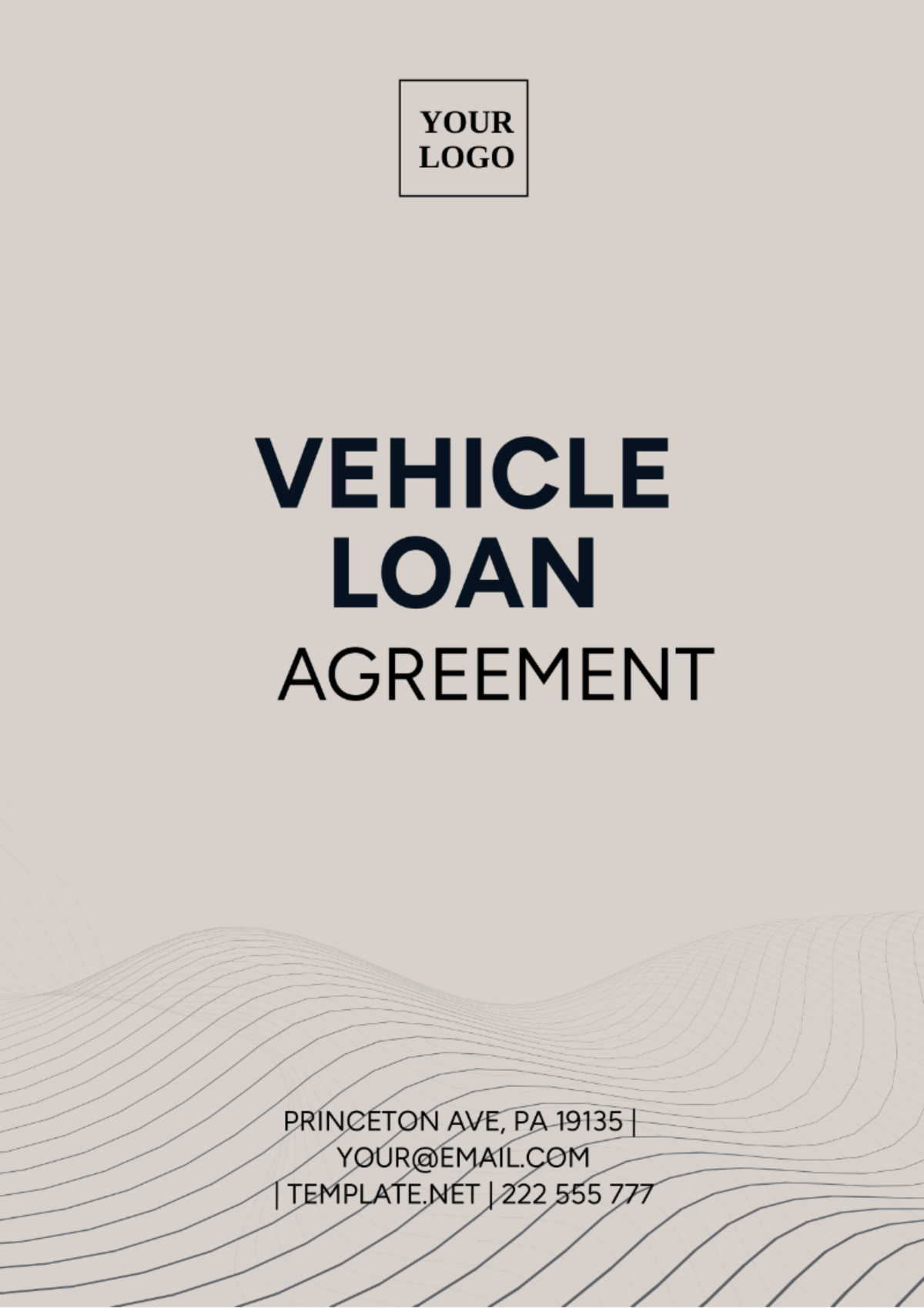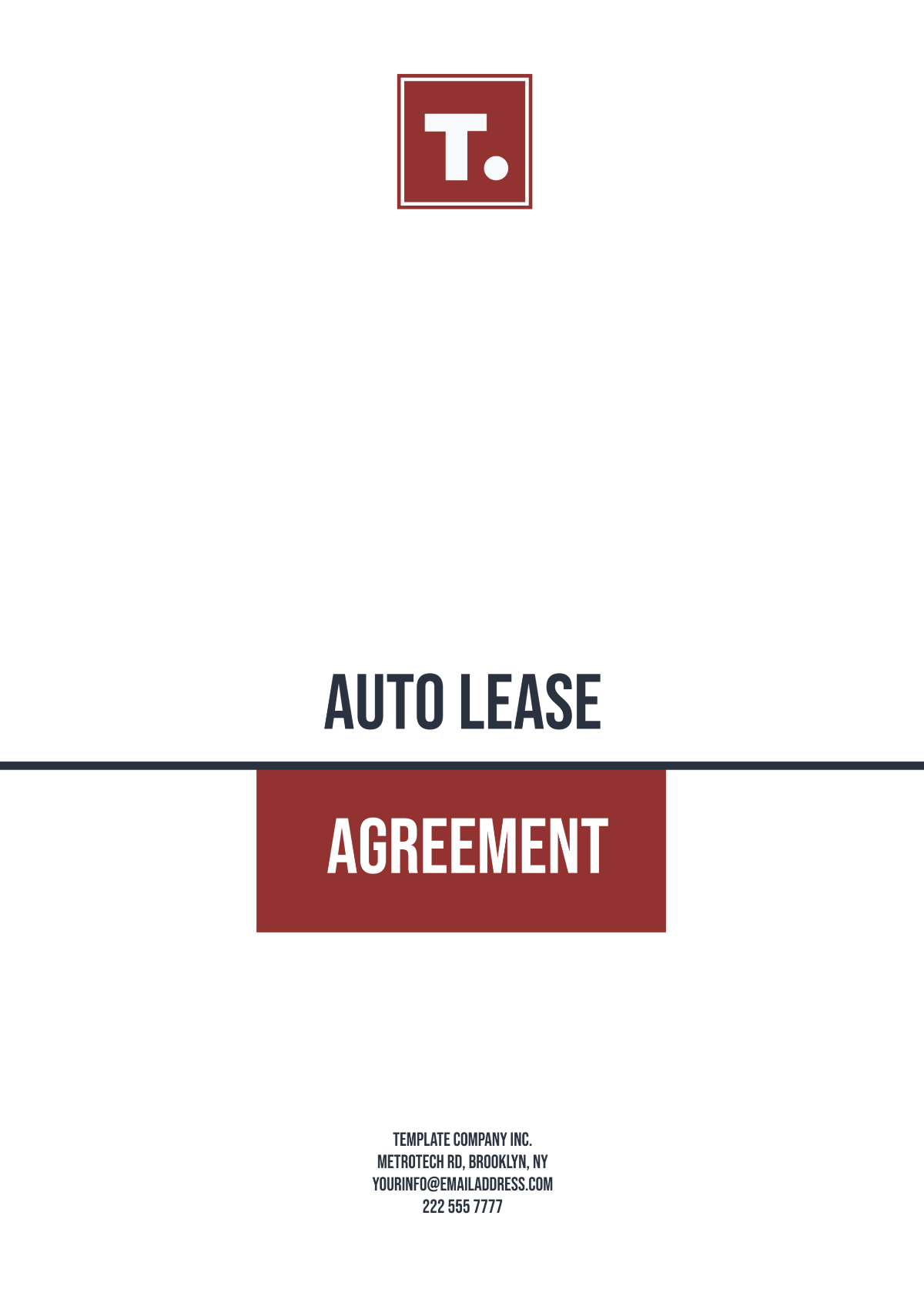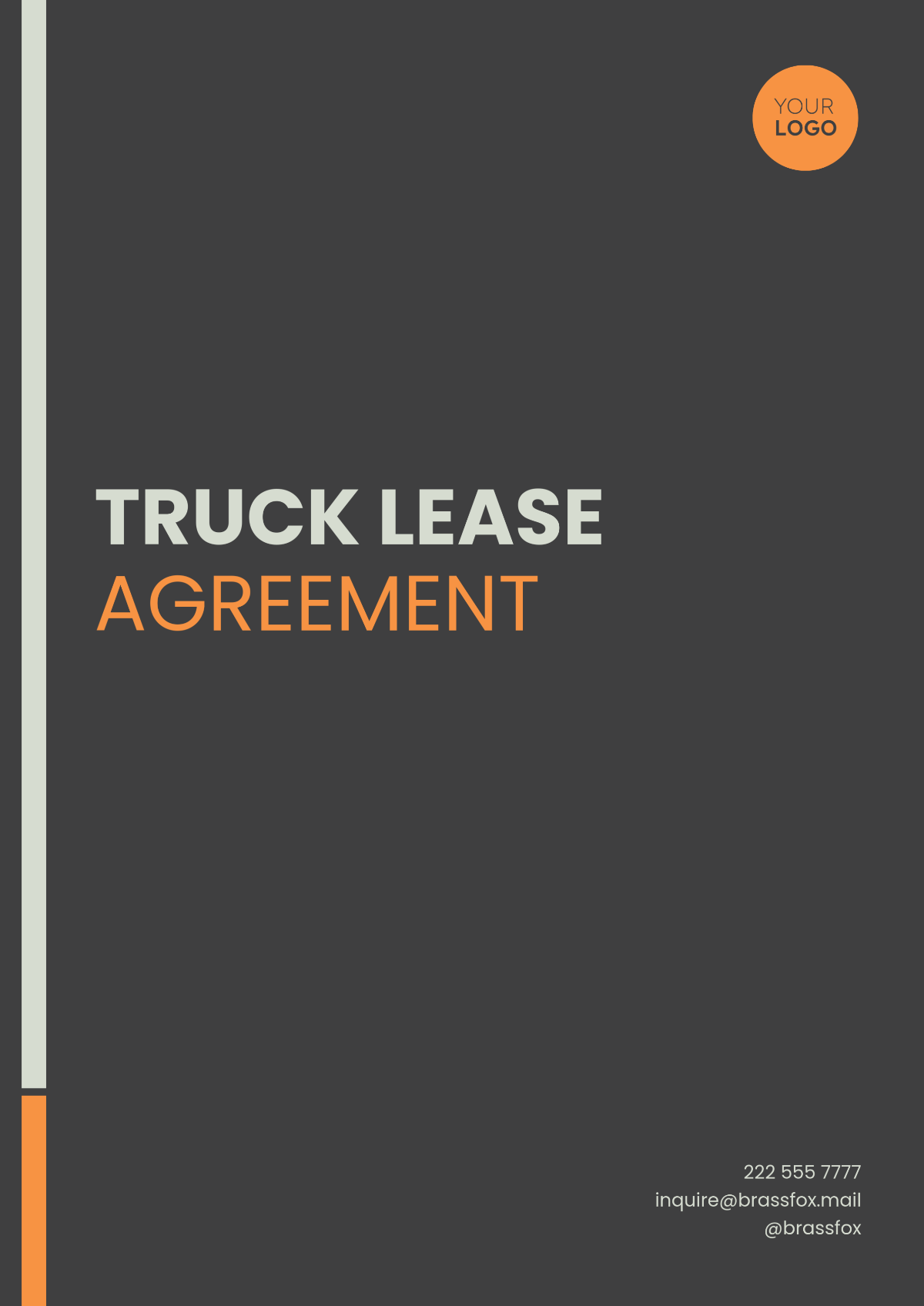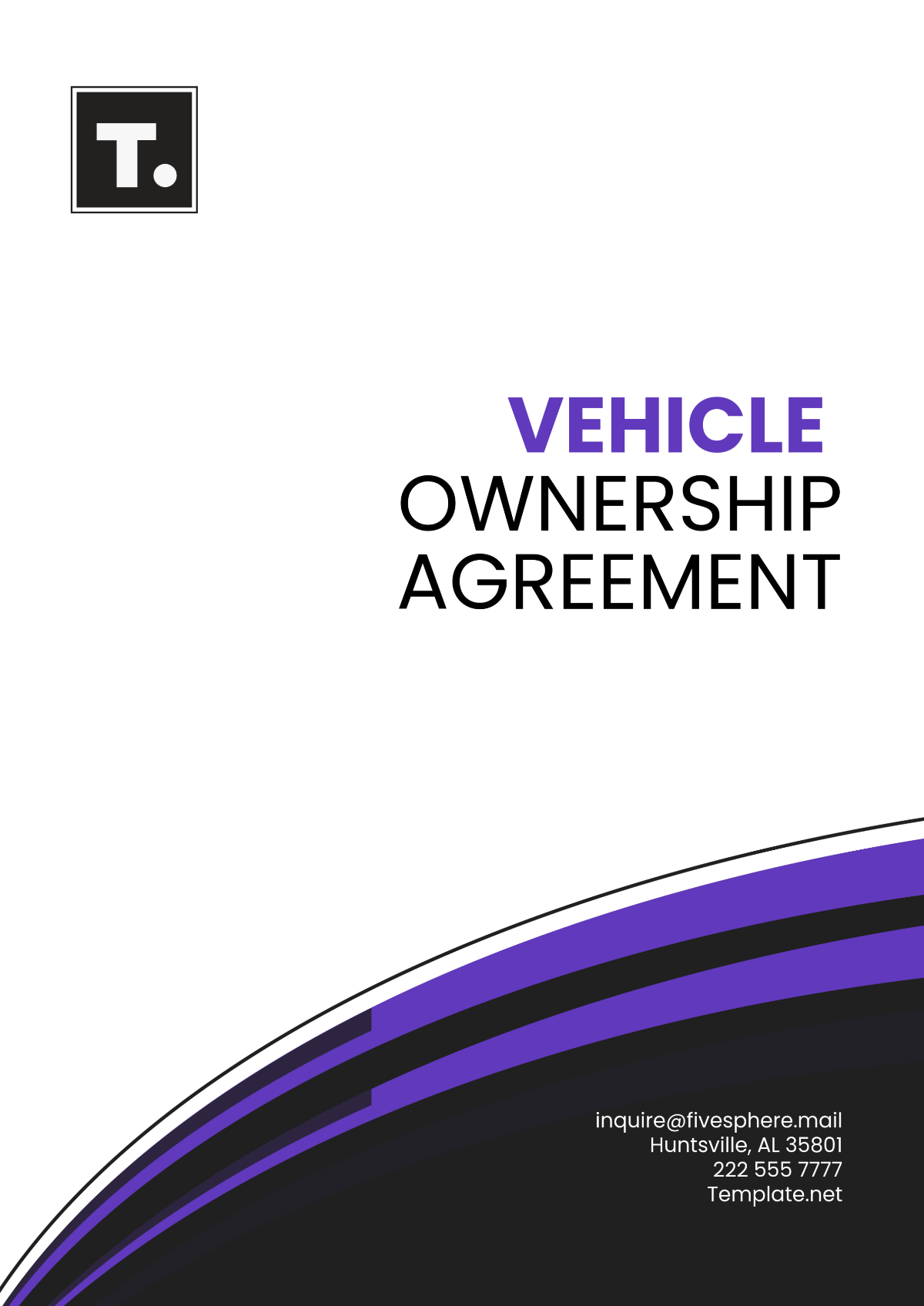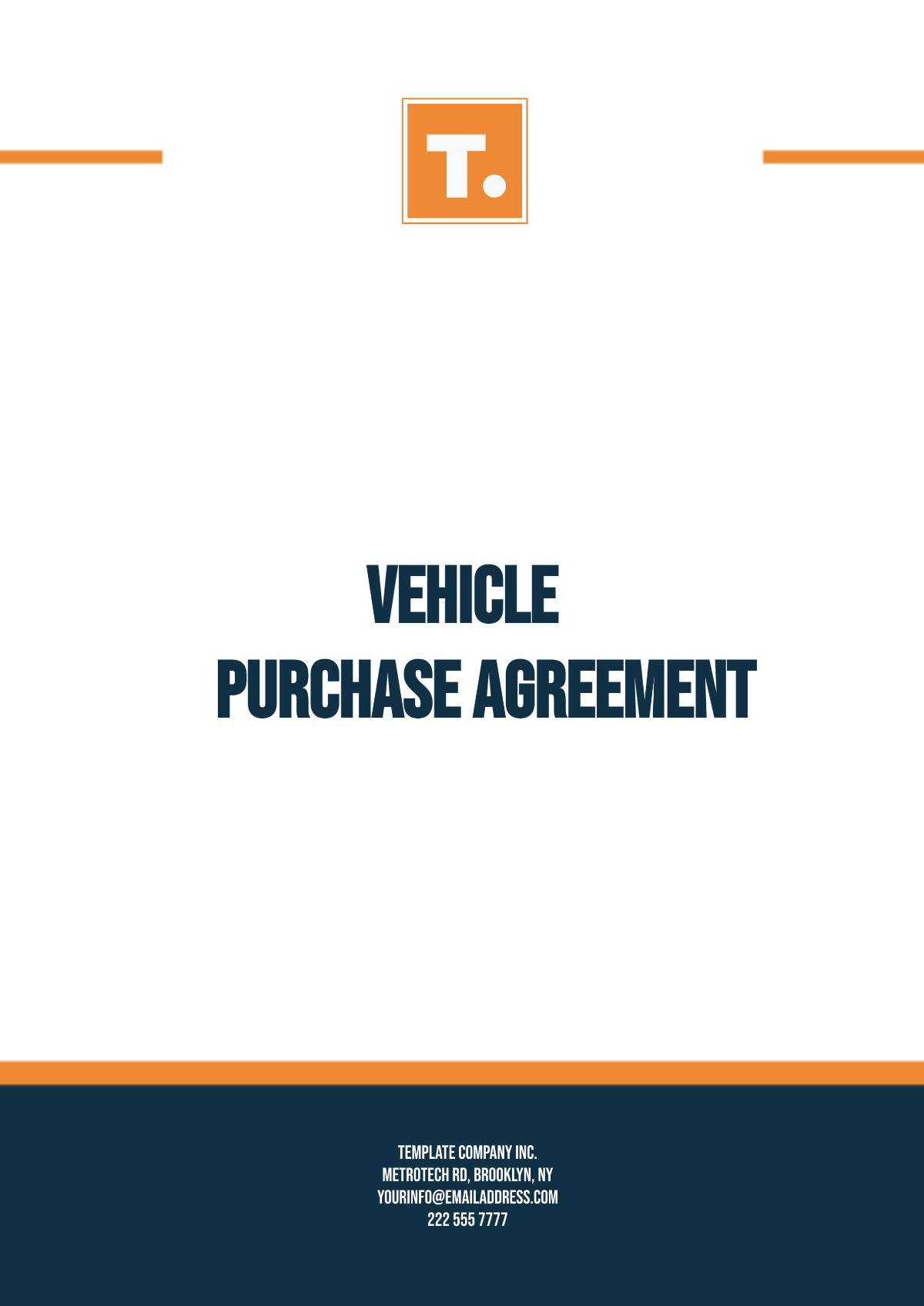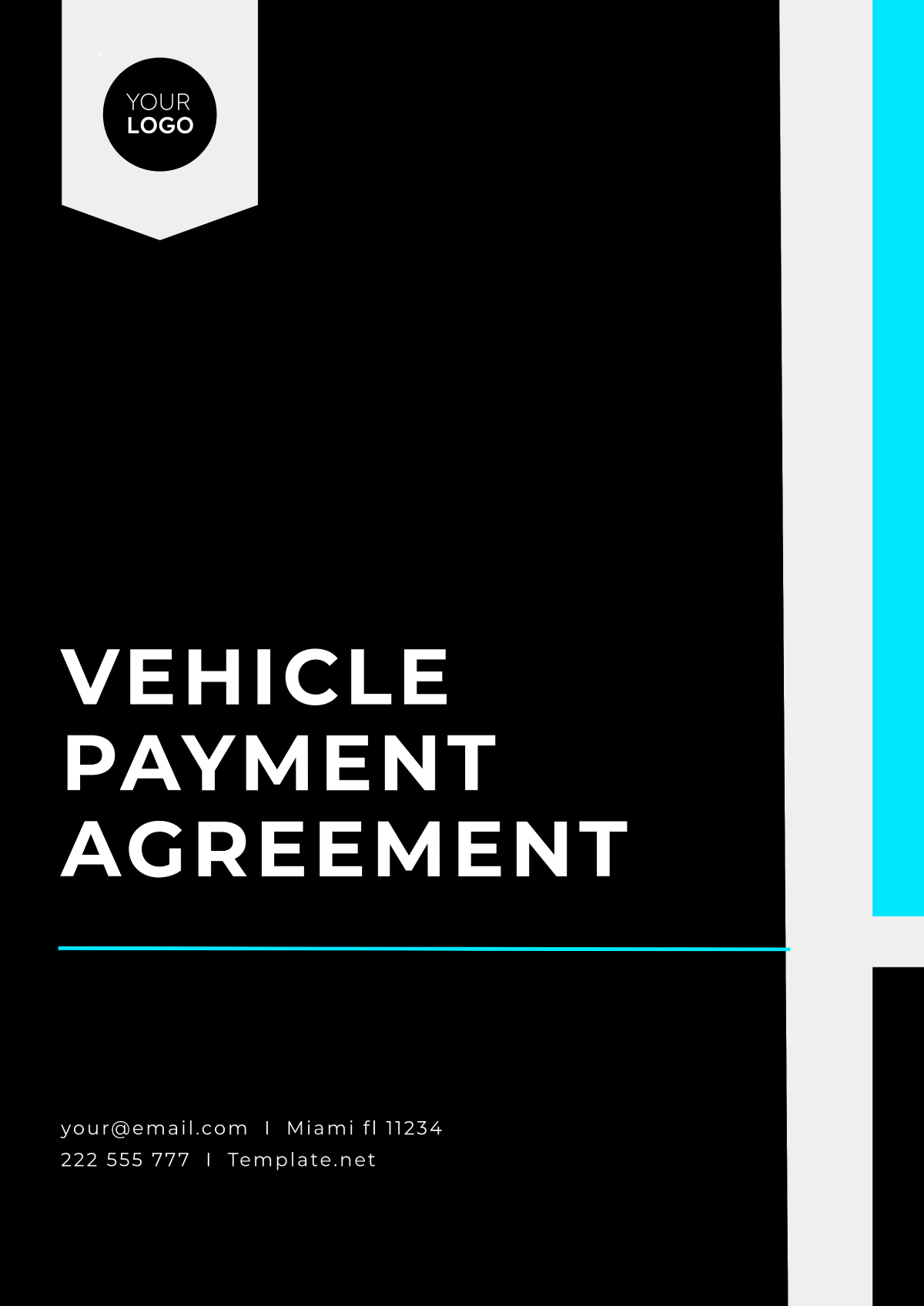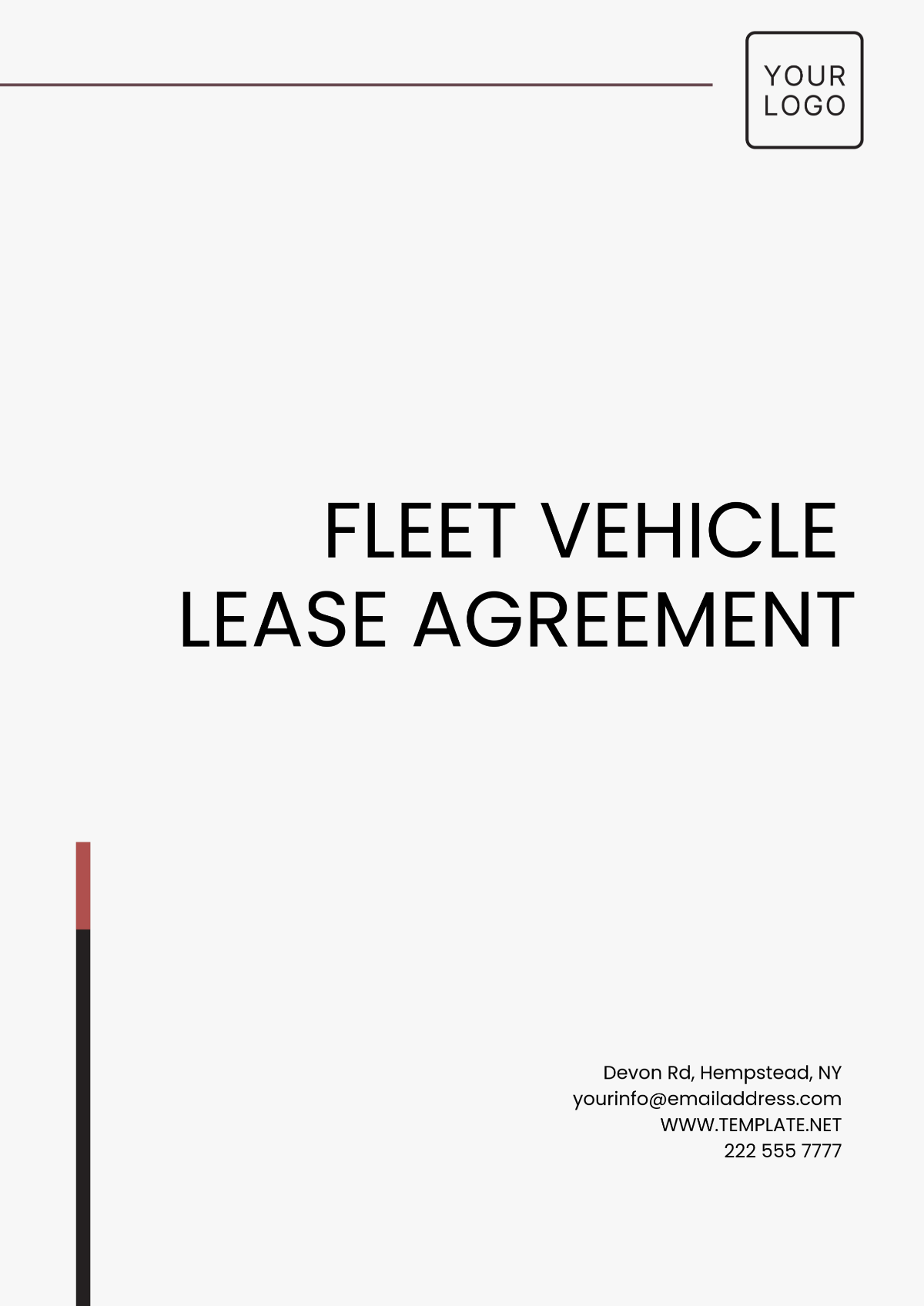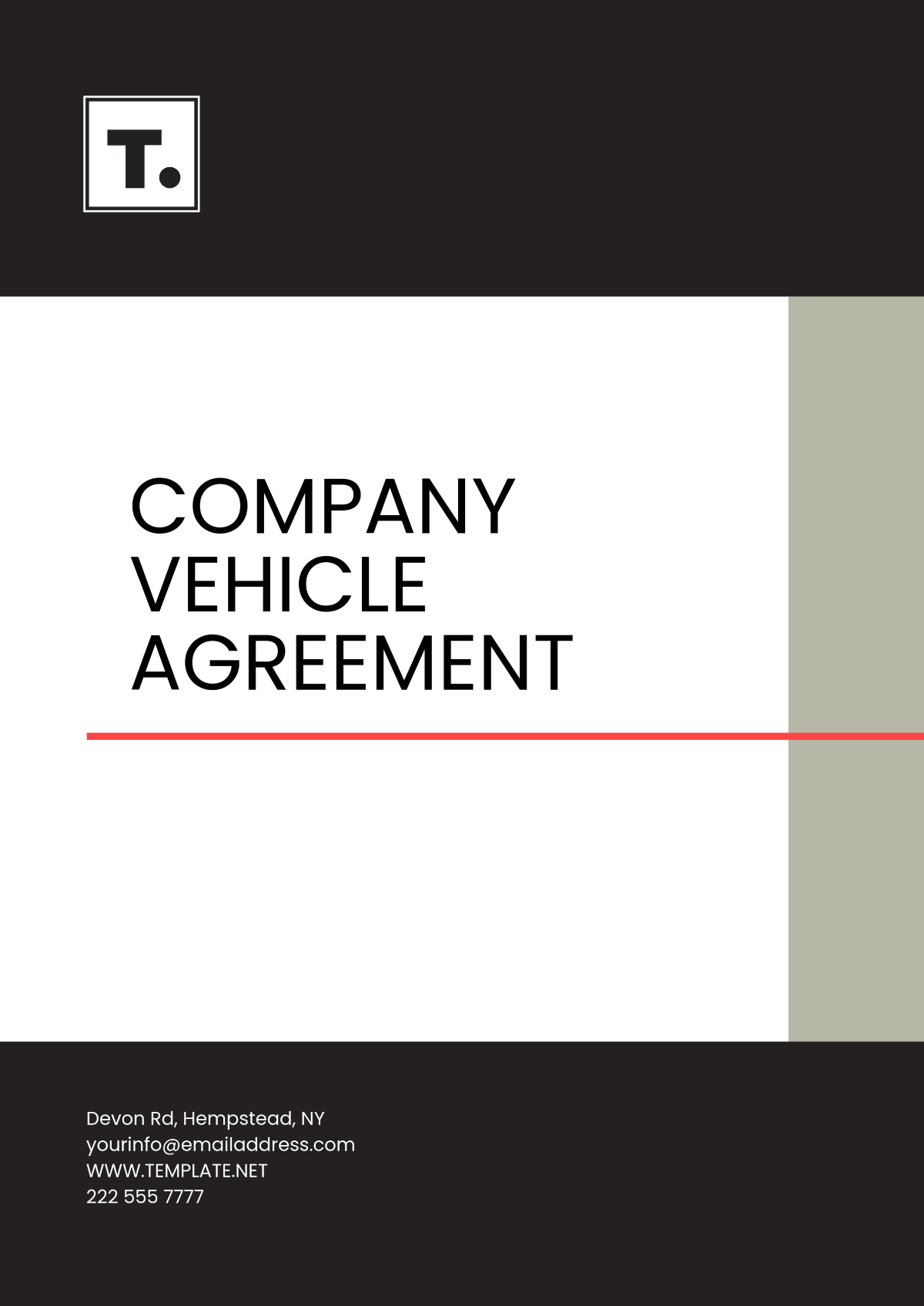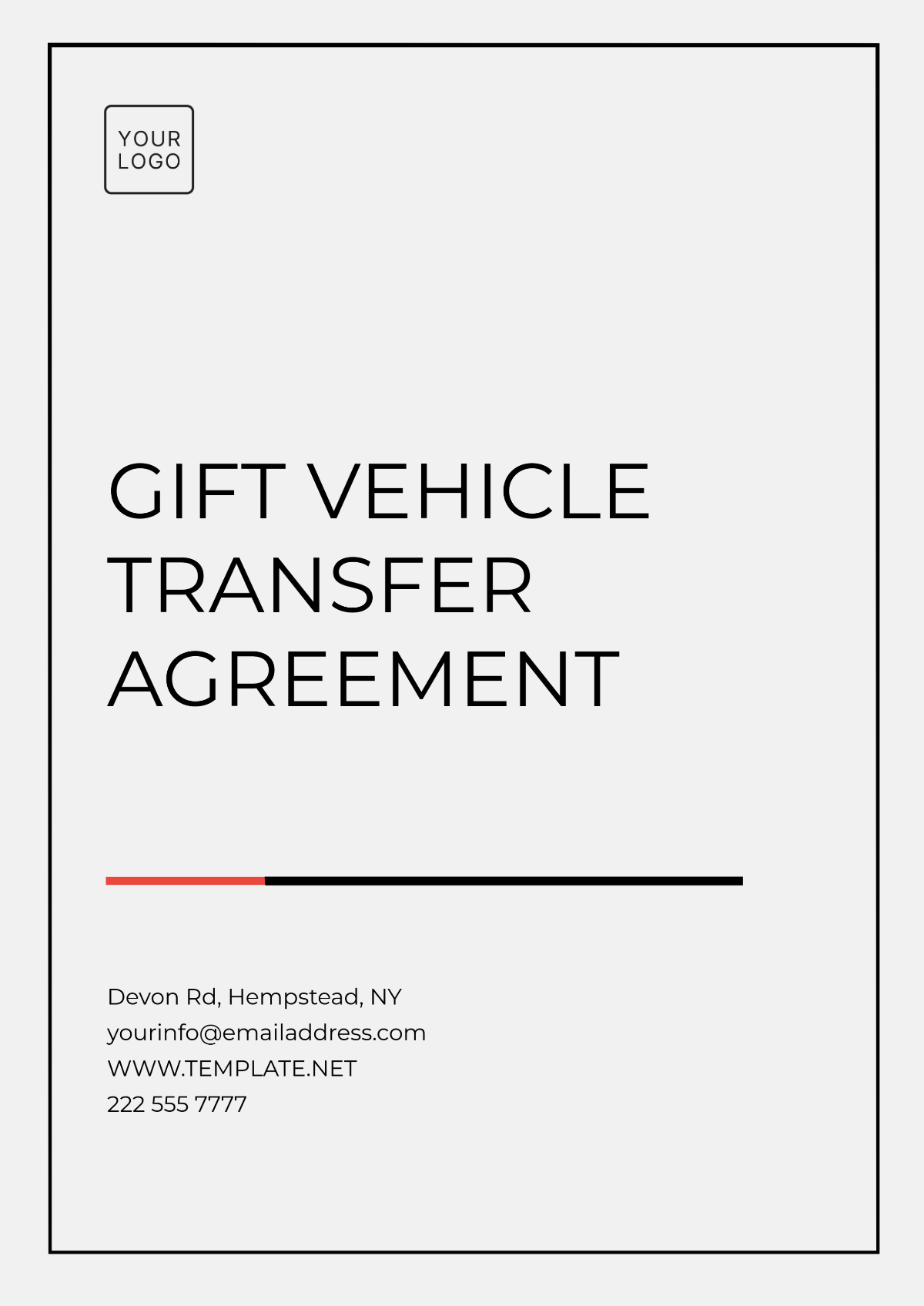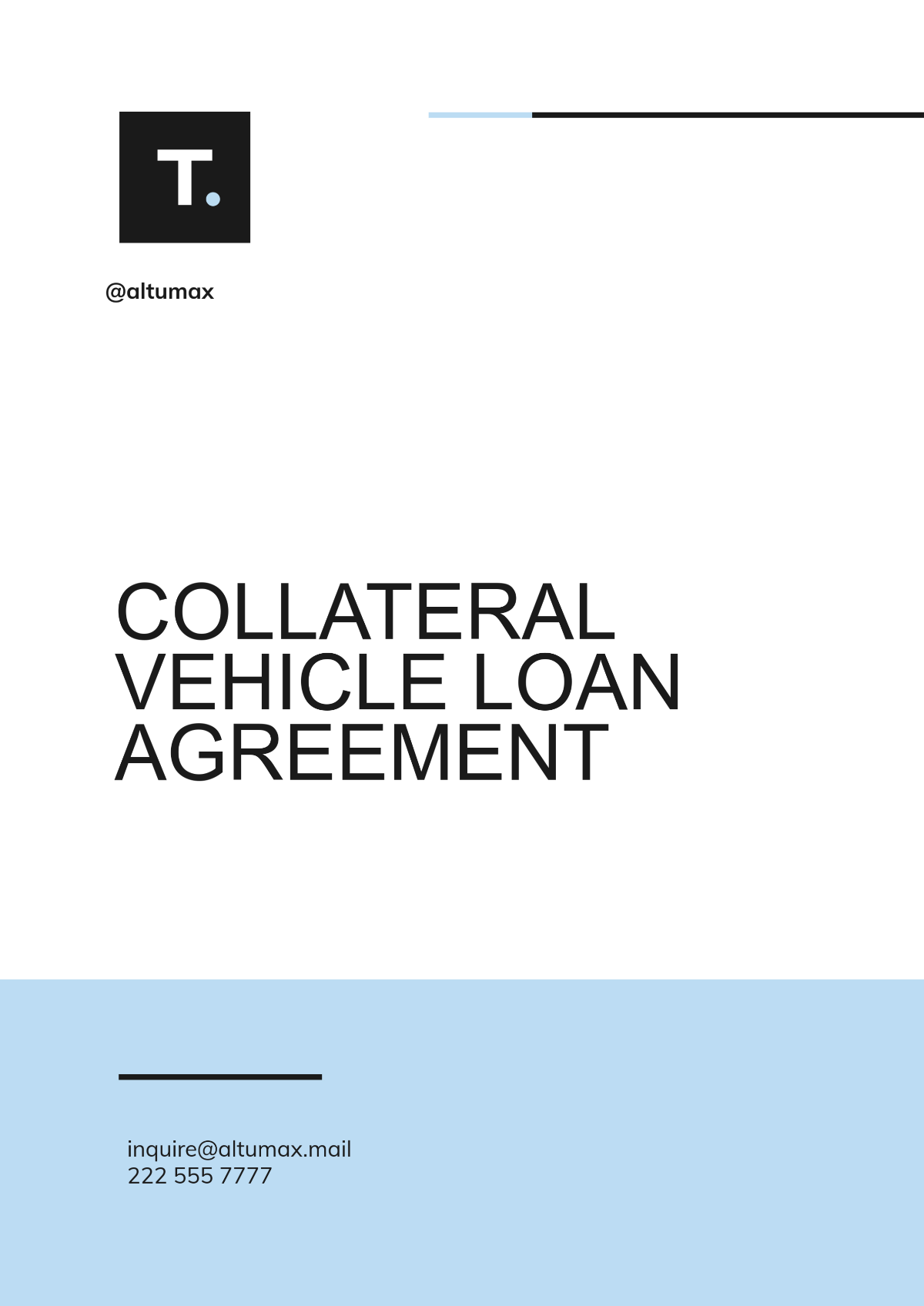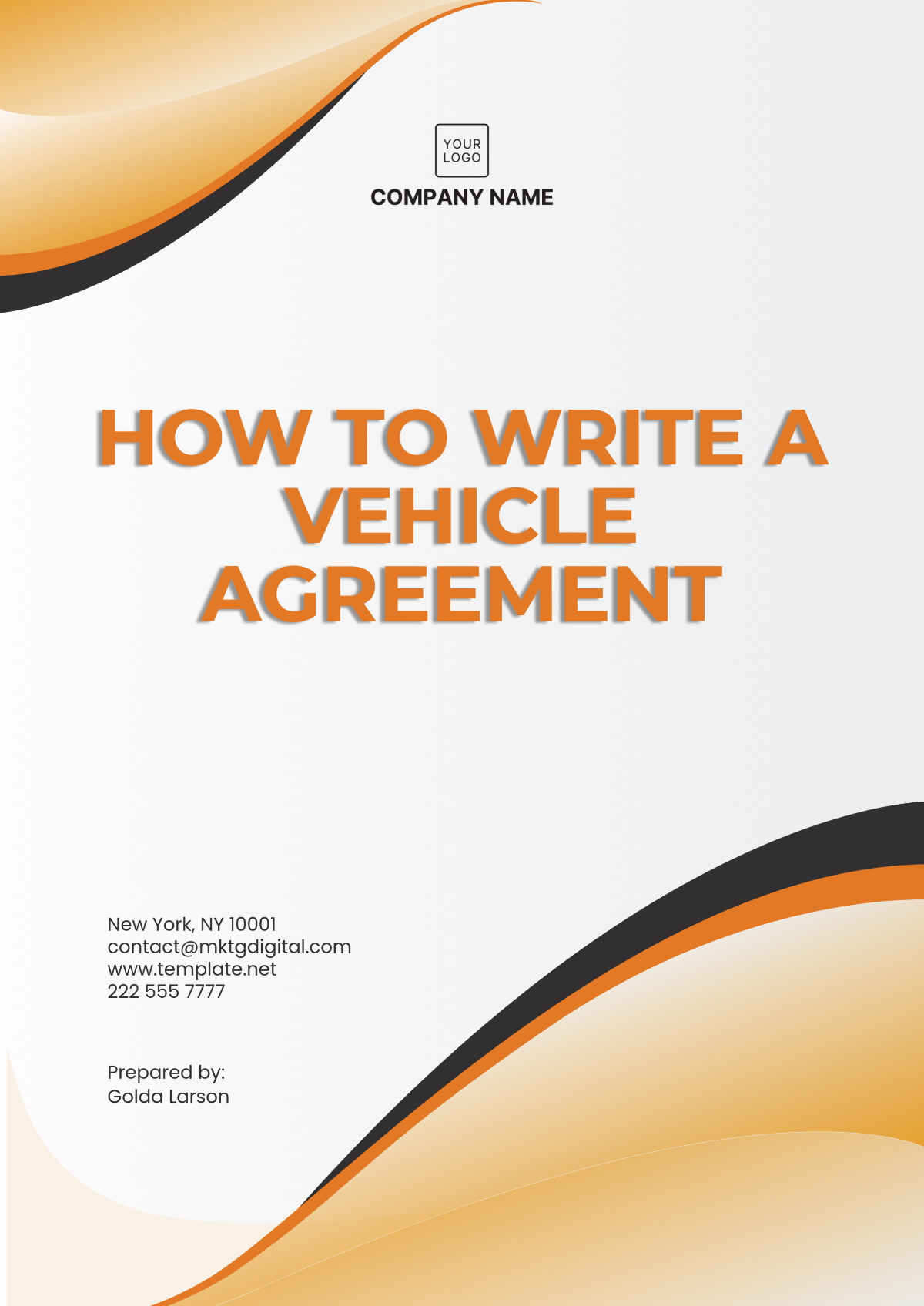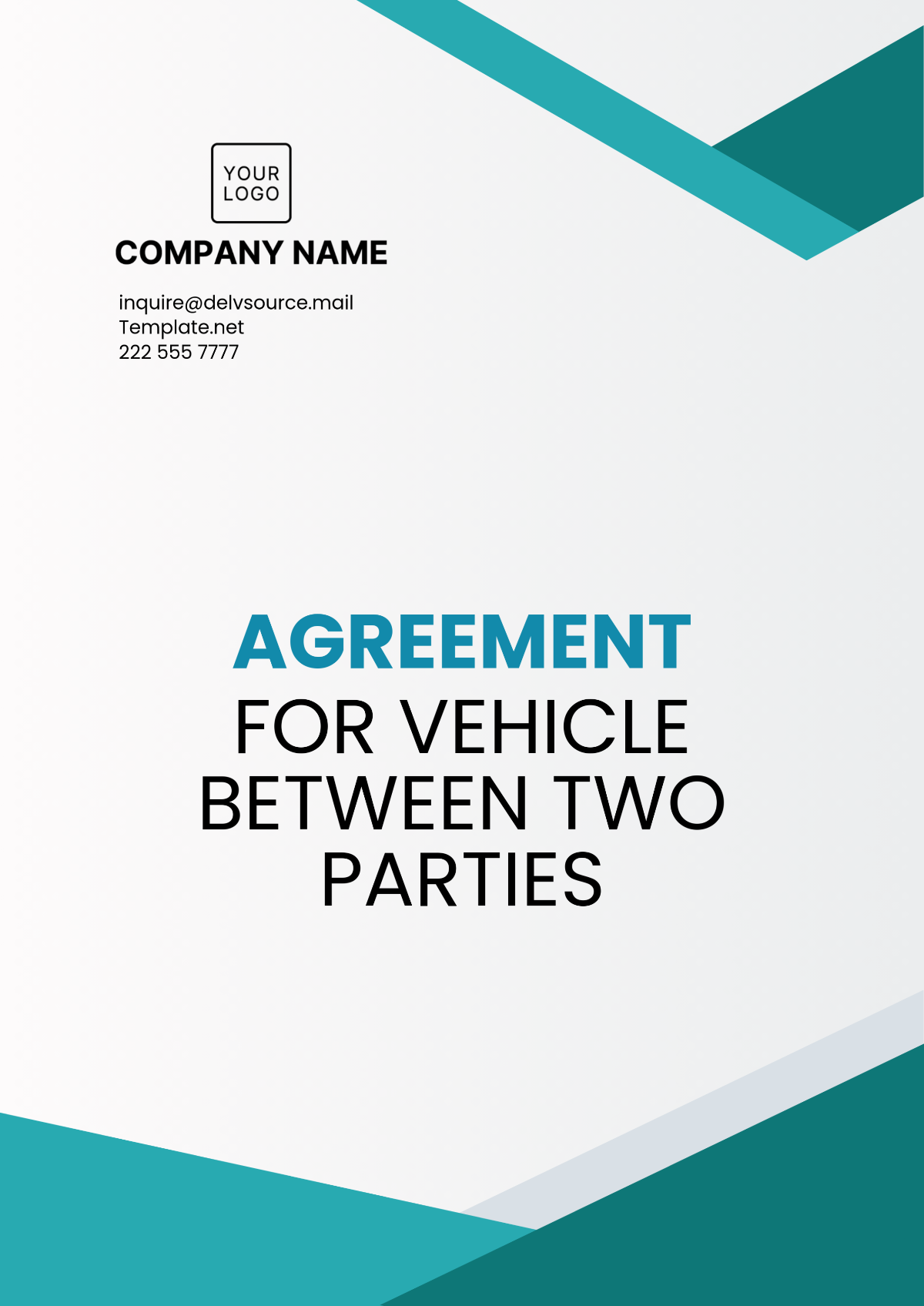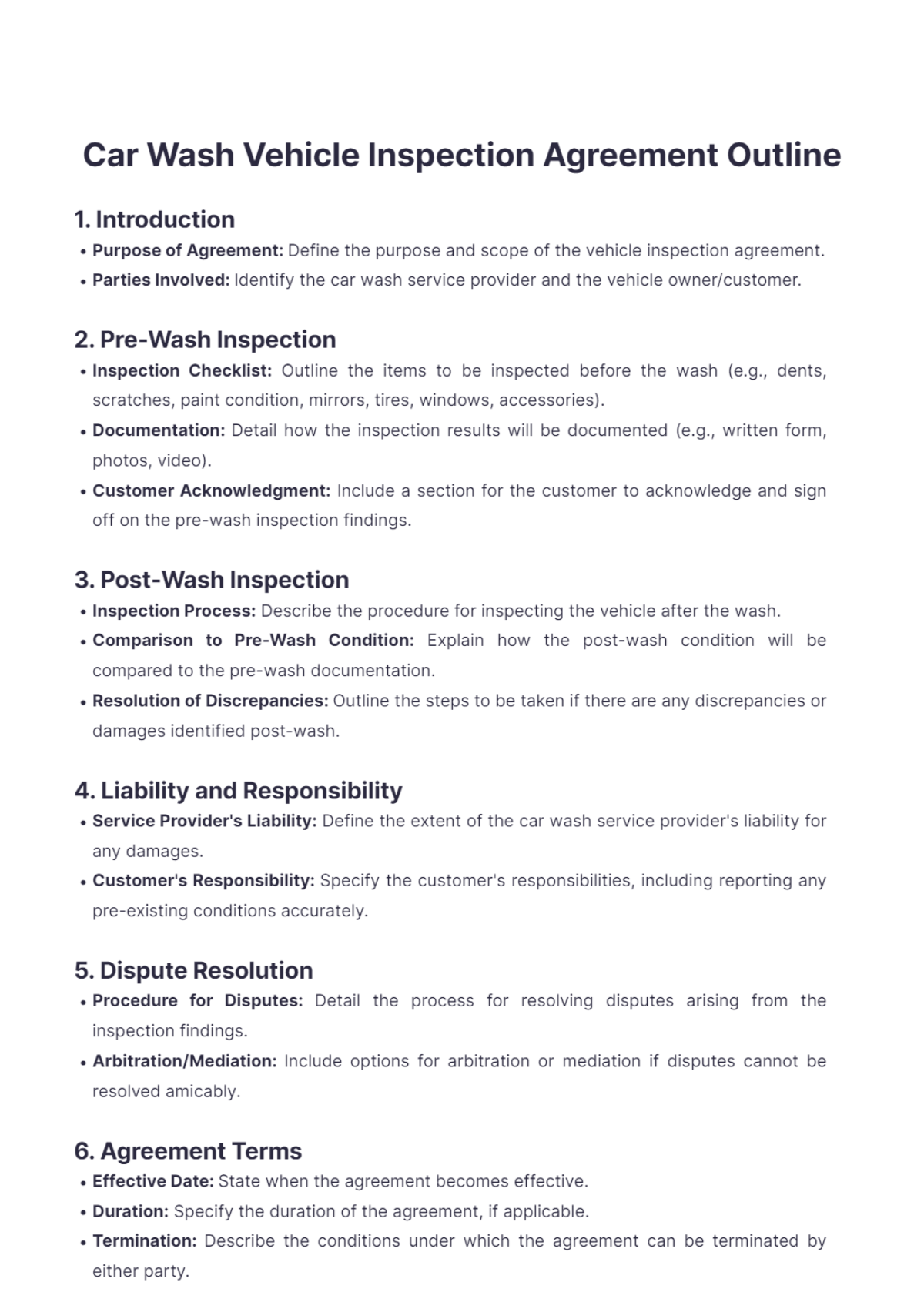ARTICLE
How to Write a Vehicle Agreement
Written by: [Your Name]
Drafting a vehicle agreement is an essential process when buying or selling a vehicle. A well-constructed contract ensures that all parties are on the same page and that there is a clear record of the transaction details. Understanding how to write a vehicle agreement can help protect your interests and avoid misunderstandings. This guide provides a comprehensive overview of how to create an effective vehicle agreement.

Understanding the Purpose of a Vehicle Agreement
A vehicle agreement is a legally binding document that outlines the terms and conditions of a vehicle sale or transfer. It includes details about the buyer, seller, vehicle, payment terms, and other relevant conditions. The main purpose of this agreement is to provide structure to the sale process and minimize potential disputes.
Key Components of a Vehicle Agreement
A comprehensive vehicle agreement should include the following key elements:
Identifying Information: Include full names, addresses, and contact information for both the buyer and seller.
Vehicle Details: Specify the make, model, year, VIN (Vehicle Identification Number), odometer reading, and any other relevant details of the vehicle.
Payment Terms: Outline the total sale price, deposit amount (if applicable), payment method, and payment schedule.
Warranties and Representations: Include any warranties, whether the vehicle is being sold 'as is', and any disclosures about the vehicle's condition.
Title and Registration: Detail the process for title transfer and any responsibilities regarding registration and insurance between the parties.
Signatures: Both parties must sign and date the agreement to make it legally binding.
Step-by-Step Guide to Writing a Vehicle Agreement
Follow these steps to draft an effective vehicle agreement:
Gather Information: Obtain all necessary information from both parties, including personal identification, vehicle information, and any previously discussed terms of sale.
Use a Template: Start with a standard vehicle agreement template as a base. Templates are widely available online and can save time and streamline the drafting process.
Customize the Agreement: Edit the template to include specific details relevant to your transaction. Ensure all information is accurate and complete.
Review and Revise: Review the agreement carefully to ensure clarity and accuracy. It may be prudent to have a legal professional review it as well.
Finalize and Execute: After agreeing to the terms, both parties should sign and date the document. Make sure that each party receives a copy for their records.

Tips for a Successful Vehicle Agreement
Here are some additional tips to ensure that your vehicle agreement is effective:
Be thorough and specific. More detail minimizes ambiguity and potential disputes.
Ensure all legal requirements are met in accordance with your local jurisdiction.
Maintain copies of any verbal agreements or additional documentation.
Conclusion
Writing a vehicle agreement might seem daunting, but following a structured process and including all vital information can simplify the task. By drafting a comprehensive and clear agreement, both parties can have peace of mind and trust in the transaction. Remember, when in doubt, consult a legal professional to ensure compliance with local laws and regulations.

